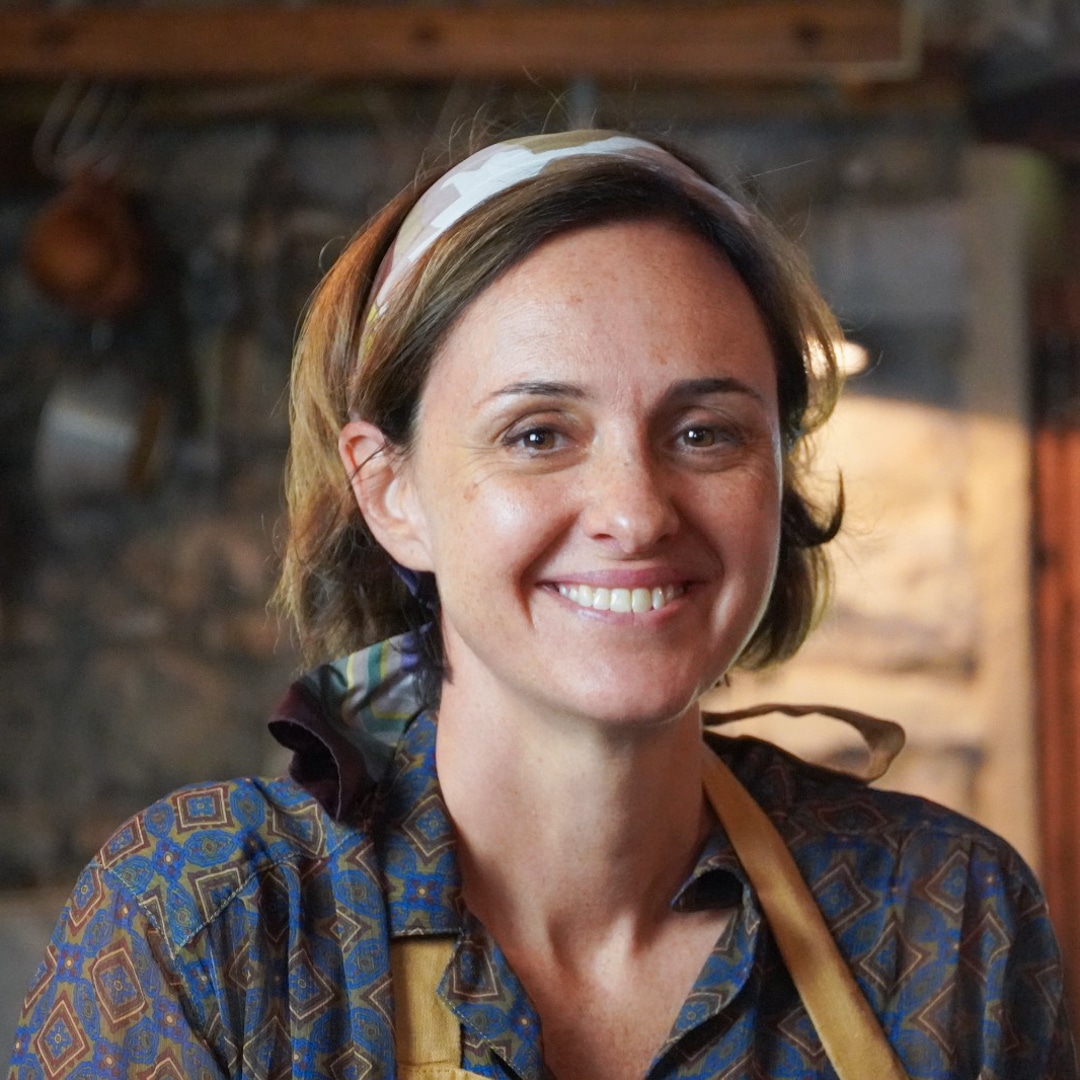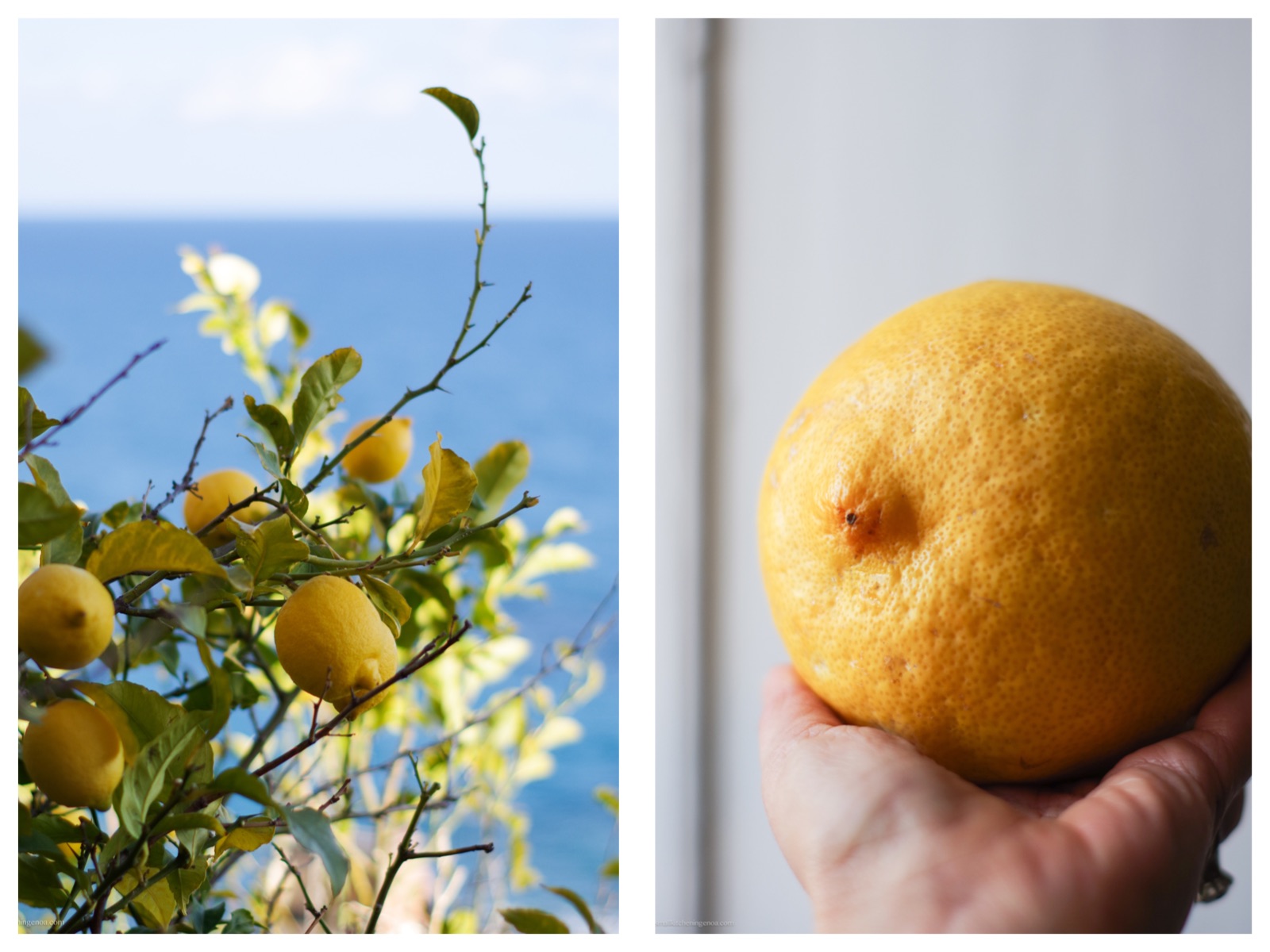
When you have in your garden a lemon tree that all the yearlong looks like a blossoming mimosa, so many are the fruits that it produces, a tree so generous that even the smallest lemon looks like a grapefruit, you have to be creative for not wasting all that blissful abundance.

Certainly a lemonade is always a good choice, especially if it is made with sparkling water, sugar added little by little to get it right slight sweetness and some freshly picked mint leaves quickly cracked with your hands.

But what a shame to throw away all that turgid and porous skins, so full of essential oils that just slightly pressing them between your fingers you get your hands immediately fragrant, greasy and shiny.
Yes, sure, you can grate it in the breakfast cake dough, flavour a shortbread cake and the milk custard that goes on top of it, put it in the lentil soup, in the zucchini risotto and over the scallops. But you need just a few to get the flavour of the summer in your nose at the first bite.
We therefore decided not to throw away the lemon peels of our prodigal tree any more, but to use all of them to prepare, from time to time, a simple, classic, sober (perhaps this not really) limoncello, better knows as limoncino here in the Italian Riviera.

Why didn’t we think about it before? Actually there is no better way than preparing the best summer digestive to be true to the huge tree that every summer afternoon relieves us with his shade and every summer evening let us dress it up with garlands of lights for our romantic garden dinners with friends. Indeed, the perfect transformation of its fruits is that sun-coloured nectar which cheerfully accompanies those warm summer dinners and gliding down the throat frees the words, opens the hearts and lightens the thoughts.
Some curiosity about the Italian Riviera limoncello, or limoncino.
You should know that until the 1800 the Italian Riviera coastline was an immense orchard. Lemons, oranges, bitter oranges, chinotto… these are the main agrees that were abundantly growing in our region, especially in the West Italian Riviera – and that were exported all over Europe.
Then, with an aggressive urbanization building, streets, concrete substitutes the smelling trees on the sea side. However, you can still find trace of their glorious past in our gardens: there is no garden in Liguria without at least a lemon tree and many streets, especially on the sea side villages, are embellished with lines of bitter orange trees.
One of the most famous 1900 Italian Poet, who was born in Genoa (one of my favorite by the way), Eugenio Montale, wrote a poem called “Lemons” who perfectly describes our land full of lemon trees and reads as follows:
Hear me a moment. Laureate poets seem to wander among plants no one knows: boxwood, acanthus, where nothing is alive to touch. I prefer small streets that falter into grassy ditches where a boy, searching in the sinking puddles, might capture a struggling eel. The little path that winds down along the slope plunges through cane-tufts and opens suddenly into the orchard among the moss-green trunks of the lemon trees.
The Ligurian folks prepare a liquor with the skin of their pulpy golden lemons since centuries. Traditionally it was called Limoncino, but nowadays we also address it as limoncello (like the one of the Amalfi coast).
Today limoncino (or limoncello) is manly produced in the Cinque Terre, close to Monterosso, where between the Buranco and Morione roads you can find the “Lemons’ Valley “.
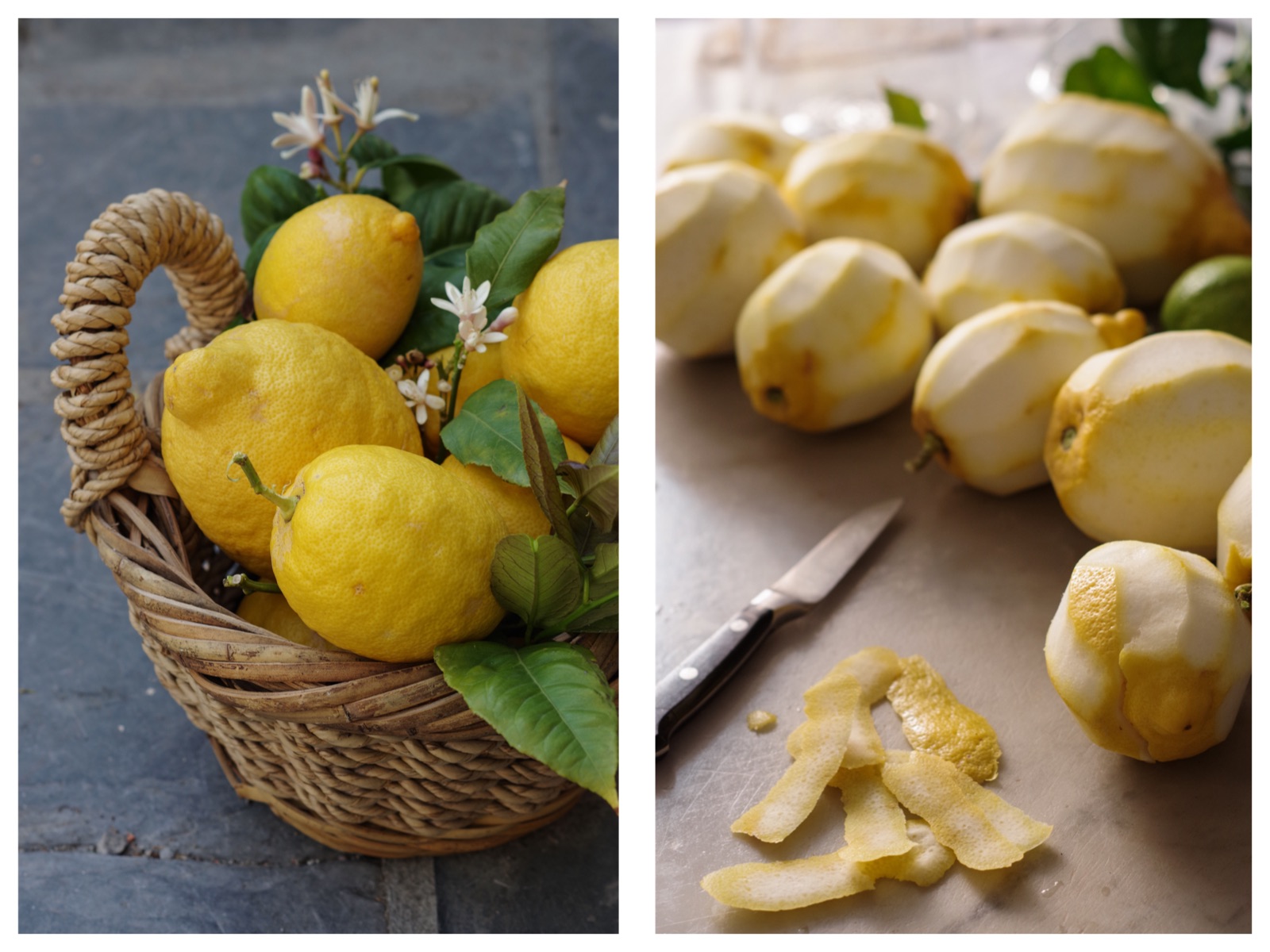
What recipe to use for my limoncello?
I would like to tell you that I have found he ancient limoncello recipe that my grandmother, my mom, my old aunt used. But no, nothing of that. In our house the limoncello has always been made by eye, each time with a different taste and inevitably improvable (at home we are very demanding on liquors and digestives).
So I decided to have a look on internet. I had little hopes but at the first shot I actually found what I was looking for. Not the unique, top-secret and very original recipe of the Italian limoncello but clear and precise instructions on how to prepare it according to your own taste.
In fact I came across the brilliant post by Dario Bressanini published on his blog La scienza in cucina (the science of cooking). He is a chemistry with the passion for the cookings who studies and makes knows in a very simple and funny way all the chemical processes behind the art of cooking.
Fantastic. Clear, exhaustive, scientific. It provides the basis for understanding the infusion phase and how to choose the percentages of water, sugar to obtain the desired sweetness and alcoholic gradation. Then everyone is free to prepare his own limoncello, peacefully claiming the paternity of the recipe.
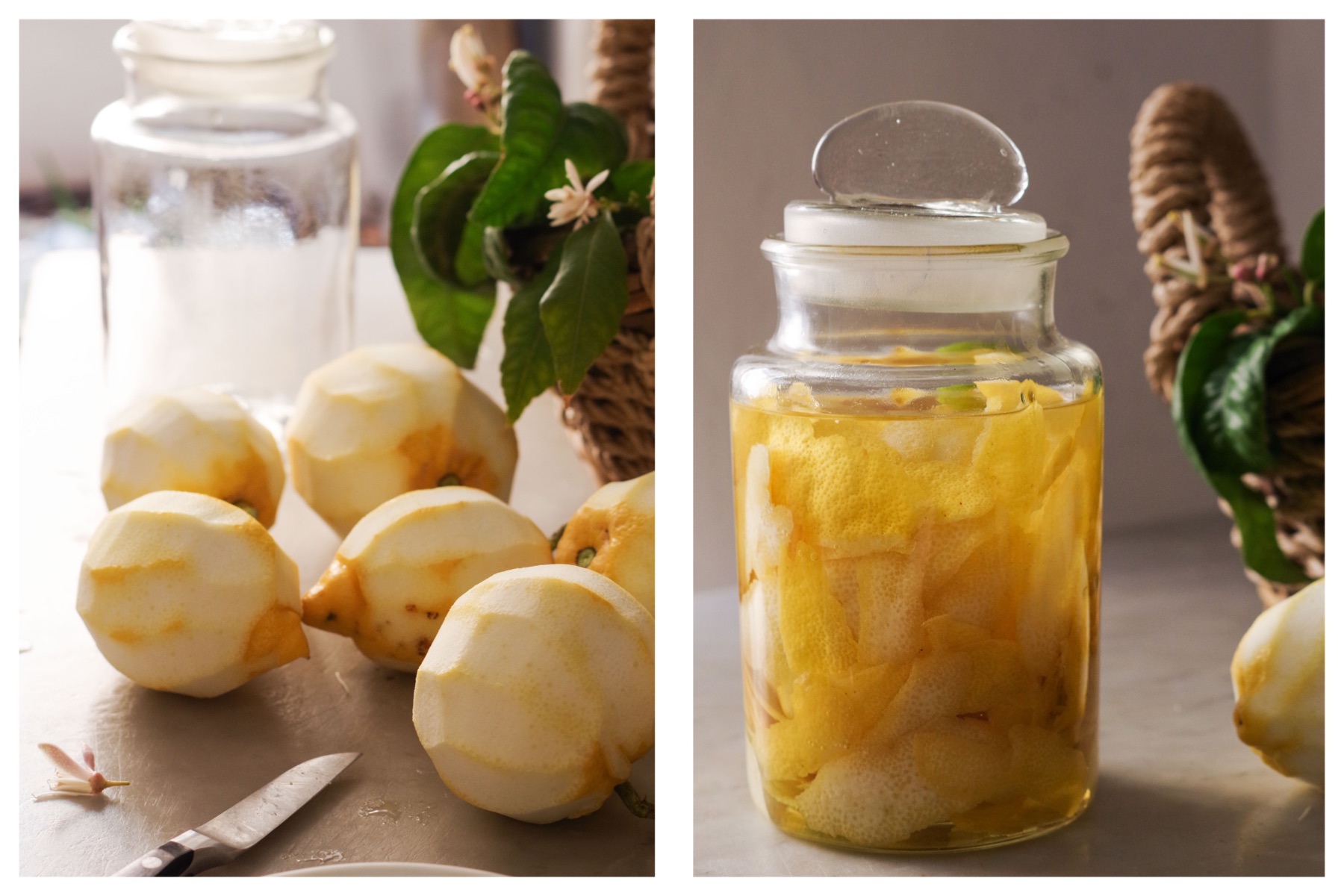
Here in a nut what Dario (I have been following him for so long that I decided we are friends) explains in this brilliant post:
Tips & tricks for make your own perfect limoncello recipe.
-
Extraction phase:
if you want to increase the extraction speed, you can cut the lemon skin into strings. During this phase, alcohol penetrates, by diffusion, into the outer part of the skin replacing the local water that in turn comes out. Alcohol dissolves essential oils that slowly come into solution. Some recipes say to use only a part of alcohol to skim the skins and add the rest to the end. This does not make much sense because it only reduces the amount of extracted aromatic substances. Hold the container in the dark because some of the extracts are photosensitive and degrade to light. Shake one or two times a day the container to homogenize the solution.
-
Times of maceration:
How many days of maceration are really needed to extract essential oils? Some experiments carried out at the Department of Food Sciences of the University of Naples showed that a day of maceration is enough to completely extract the major components: limonene, beta-pinene and gamma-terpinene. In order to completely extract secondary flavors, such as alpha-pinene or geranial, you shall wait three days.
-
Percentage of water and sugar:
A recipe from which you can start to vary the proportions is to use the same amount, in volume, of water as compared to alcohol. If you want a less alcoholic limoncello, add 120% water or more. For sugar you can adjust according to your taste: you start at 80% percent by weight with respect to water. So for example if you have used 100 ml of alcohol, add a syrup made of 100 ml of water and 80 grams of sugar.
-
Maturation:
If you let the liquor rest for one to two weeks, the taste will mature thanks to the chemical reactions that take place between the extracted substances.
-
Last minute limoncello:
the speed of the extraction of essential oils depends on the temperature. Therefore it is possible to prepare a “fast” limoncello by heating the alcohol. Not too much, however, to avoid altering the taste. You can make a quick extraction by immersing the jar with alcohol and skins in a pot where you have brought the water to 50°C. Cover with a lid. After two hours the water will just be lukewarm. Remove the jar and proceed with adding water and sugar.


Here below the recipe I used for my limoncello:
Ingredients
- 300 gr lemon skin untreated and well-washed (white inner part completely removed)
- 1 litre of ethyl alcohol for food use (95% vol).
- 1.2 litres of water
- 1 kg of sugar
Instructions
- Carefully wash the lemon skins and remove with a sharp knife the white part of the peel eventually left (it has a very bitter taste).
- Pour the alcohol into a sealed container and immerse the skins. Stirr well and let it macerate at room temperature for at least 3 days.
- After three days, prepare the sugar syrup: pour the water and the sugar in a pan, slowly warm and stir constantly until the sugar is completely dissolved. Remove from heat and let it cool.
- When the syrup is cold filter the alcohol by removing the skins, put it in a large bowl and add the sugar syrup.
- Can the liqueur so obtained in well cleaned bottles and let it rest for one or two weeks.
- Limoncello must be served very cold, so always keep a bottle in your the freezer (don’t worry, alcohol and sugar will prevent your limoncello to freeze).
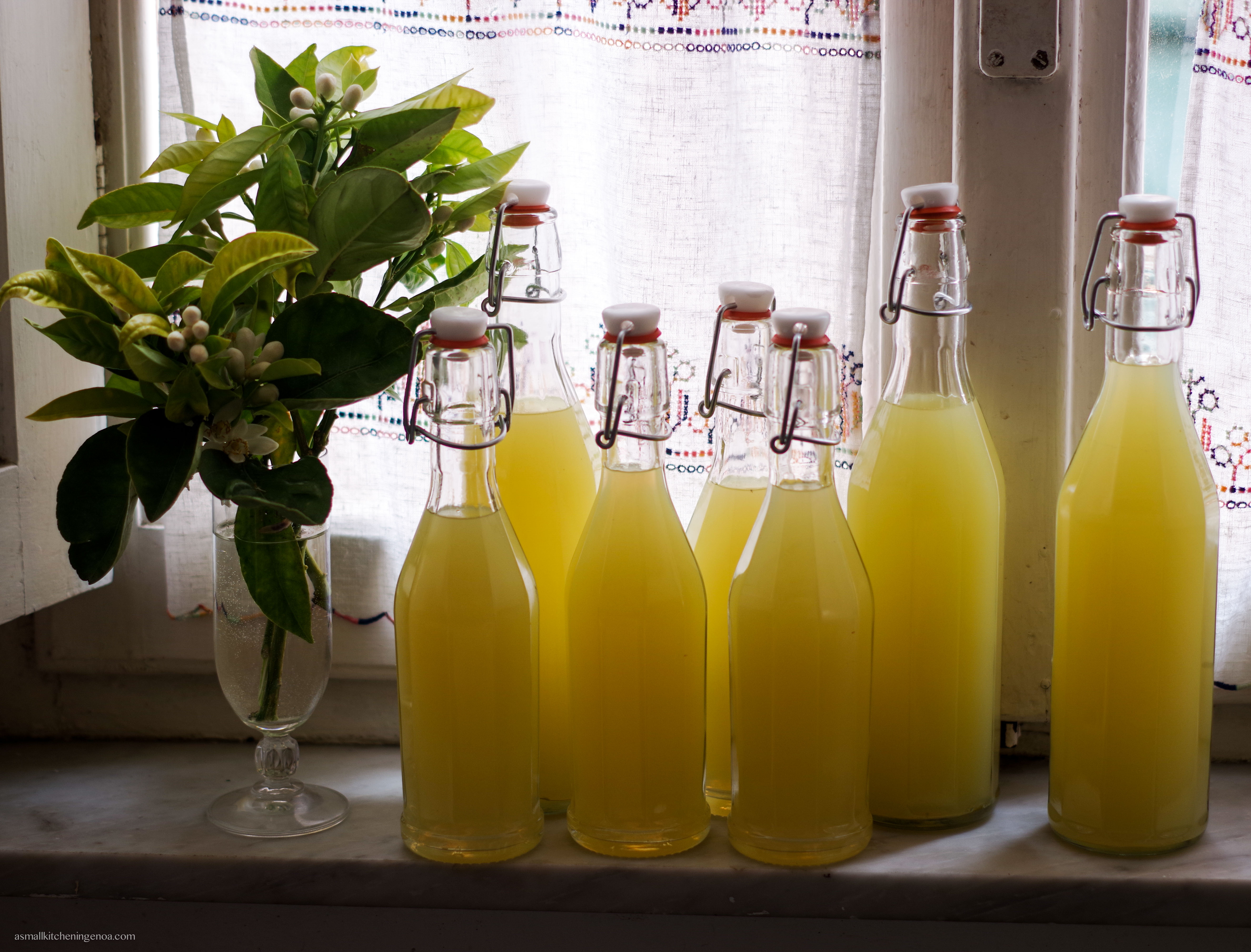
Recipes with Limoncello
Of course, limoncello is just perfect sipped icy during a summer night, but you can take advantage of its intense flavor also using it in different recipes.
For example Giulia uses limoncello in lieu of lemon juice to flavor a sponge cake in her gluten-free recipe of Torta margherita with limoncello and custard.
The adorable Nigella, on the other hand, exploit the summer taste of limoncello to typify a fresh blackcurrant trifle in her recipe of Anglo-Italian Trifle.
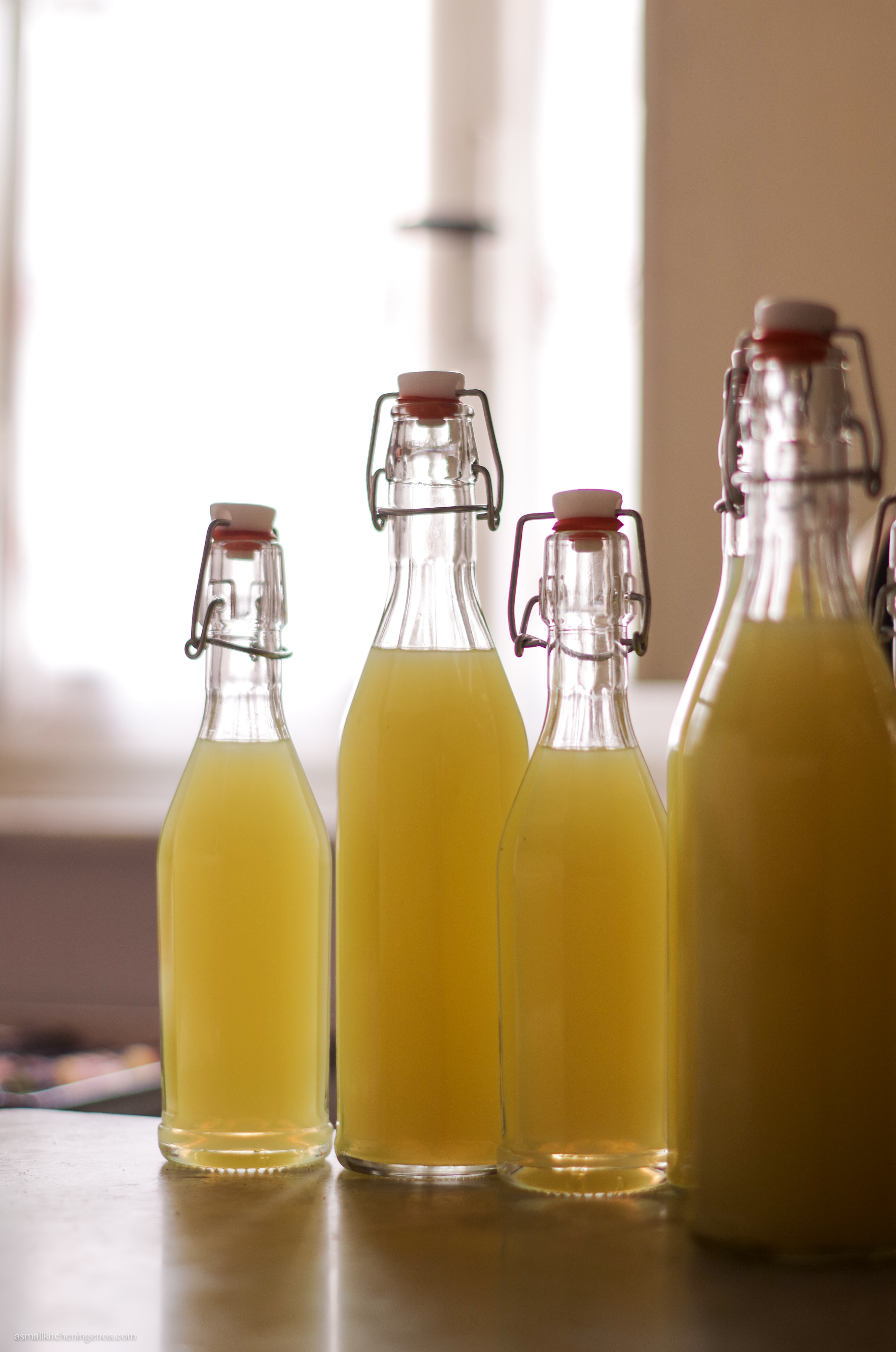




JOIN ME ON MY FOOD JOURNEY
Get my monthly newsletter with fresh recipes, my latest food adventures, upcoming events, and lots more from the sunny Italian Riviera!


